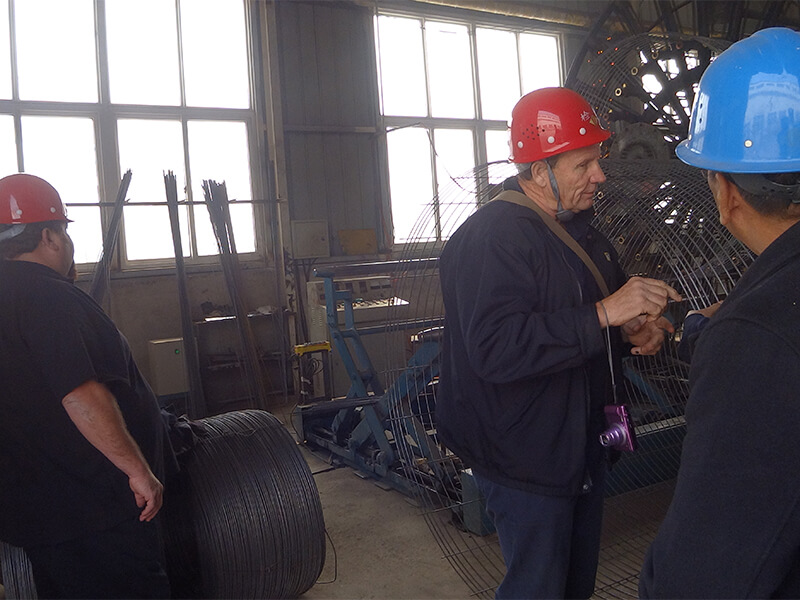- Afrikaans
- Albanian
- Amharic
- Arabic
- Armenian
- Azerbaijani
- Basque
- Belarusian
- Bengali
- Bosnian
- Bulgarian
- Catalan
- Cebuano
- China
- China (Taiwan)
- Corsican
- Croatian
- Czech
- Danish
- Dutch
- English
- Esperanto
- Estonian
- Finnish
- French
- Frisian
- Galician
- Georgian
- German
- Greek
- Gujarati
- Haitian Creole
- hausa
- hawaiian
- Hebrew
- Hindi
- Miao
- Hungarian
- Icelandic
- igbo
- Indonesian
- irish
- Italian
- Japanese
- Javanese
- Kannada
- kazakh
- Khmer
- Rwandese
- Korean
- Kurdish
- Kyrgyz
- Lao
- Latin
- Latvian
- Lithuanian
- Luxembourgish
- Macedonian
- Malgashi
- Malay
- Malayalam
- Maltese
- Maori
- Marathi
- Mongolian
- Myanmar
- Nepali
- Norwegian
- Norwegian
- Occitan
- Pashto
- Persian
- Polish
- Portuguese
- Punjabi
- Romanian
- Russian
- Samoan
- Scottish Gaelic
- Serbian
- Sesotho
- Shona
- Sindhi
- Sinhala
- Slovak
- Slovenian
- Somali
- Spanish
- Sundanese
- Swahili
- Swedish
- Tagalog
- Tajik
- Tamil
- Tatar
- Telugu
- Thai
- Turkish
- Turkmen
- Ukrainian
- Urdu
- Uighur
- Uzbek
- Vietnamese
- Welsh
- Bantu
- Yiddish
- Yoruba
- Zulu
Nov . 16, 2024 10:05 Back to list
Design and Applications of Compact Heat Exchangers in Energy Efficiency Technologies
Miniature Heat Exchangers Innovations and Applications
In the realm of thermal management, miniature heat exchangers have garnered significant attention due to their compact size, efficiency, and versatility. These devices play a crucial role in various industries, from automotive and aerospace to electronics and medical applications. As the demand for energy-efficient systems continues to rise, the development and implementation of miniature heat exchangers are becoming increasingly essential.
Miniature heat exchangers, as the name suggests, are smaller versions of traditional heat exchangers, designed to transfer heat between two or more fluids—typically gases or liquids. Their compact design allows for installation in space-constrained environments while maintaining high performance levels. This characteristic is particularly advantageous in sectors such as automotive engineering, where weight and space are critical factors in vehicle design.
One of the most significant advantages of miniature heat exchangers is their enhanced surface area-to-volume ratio. This feature enables them to achieve efficient heat transfer rates in a minimal footprint. Manufacturers often utilize advanced materials and fabrication techniques to maximize performance. For instance, microchannel heat exchangers, which have numerous small channels for fluid flow, exemplify how design innovation can lead to significant efficiency improvements.
miniature heat exchangers

In the field of electronics, miniature heat exchangers are pivotal in thermal regulation, especially as devices become smaller and more powerful. With the trend towards miniaturization in consumer electronics, effective heat dissipation is vital to prevent overheating and ensure operational reliability. Compact cooling solutions, such as portable heat exchangers, are increasingly integrated into laptops and smartphones to maintain optimal performance levels while balancing energy consumption.
Moreover, the medical industry exploits miniature heat exchangers in various applications, including portable dialysis machines and thermal management in specialized equipment. They provide crucial temperature control, which is essential for sensitive procedures and the effective functioning of medical devices. In this context, their reliability and compactness not only enhance patient safety but also improve the overall efficiency of medical treatments.
The versatility of miniature heat exchangers extends to renewable energy applications, such as in solar thermal systems. Here, they assist in maximizing the efficiency of energy capture and transfer, leading to improved performance of solar panels and other renewable systems. By facilitating efficient heat transfer, these devices contribute to the broader goal of energy sustainability.
In summary, miniature heat exchangers represent a remarkable innovation in thermal management, addressing the demands of modern technology and industry. Their compact design, high efficiency, and adaptability to various applications underscore their importance in sectors ranging from electronics to renewable energy. As research and development in this field continue to advance, we can anticipate even more efficient designs and a wider range of applications in the future.
-
8mm Thin-Walled Cast Steel Manhole Cover Pallet Bottom Ring | Durable
NewsAug.04,2025
-
Premium Cast Iron Water Main Pipe: Durable, Corrosion-Resistant
NewsAug.03,2025
-
Durable Cast Iron Water Mains | AI-Optimized Systems
NewsAug.02,2025
-
High-Efficiency Propane Boiler for Baseboard Heat | Save Energy
NewsAug.01,2025
-
Premium Source Suppliers for Various Gray Iron Castings
NewsJul.31,2025
-
Durable Cast Iron Water Main Pipes | Long-Lasting
NewsJul.31,2025


